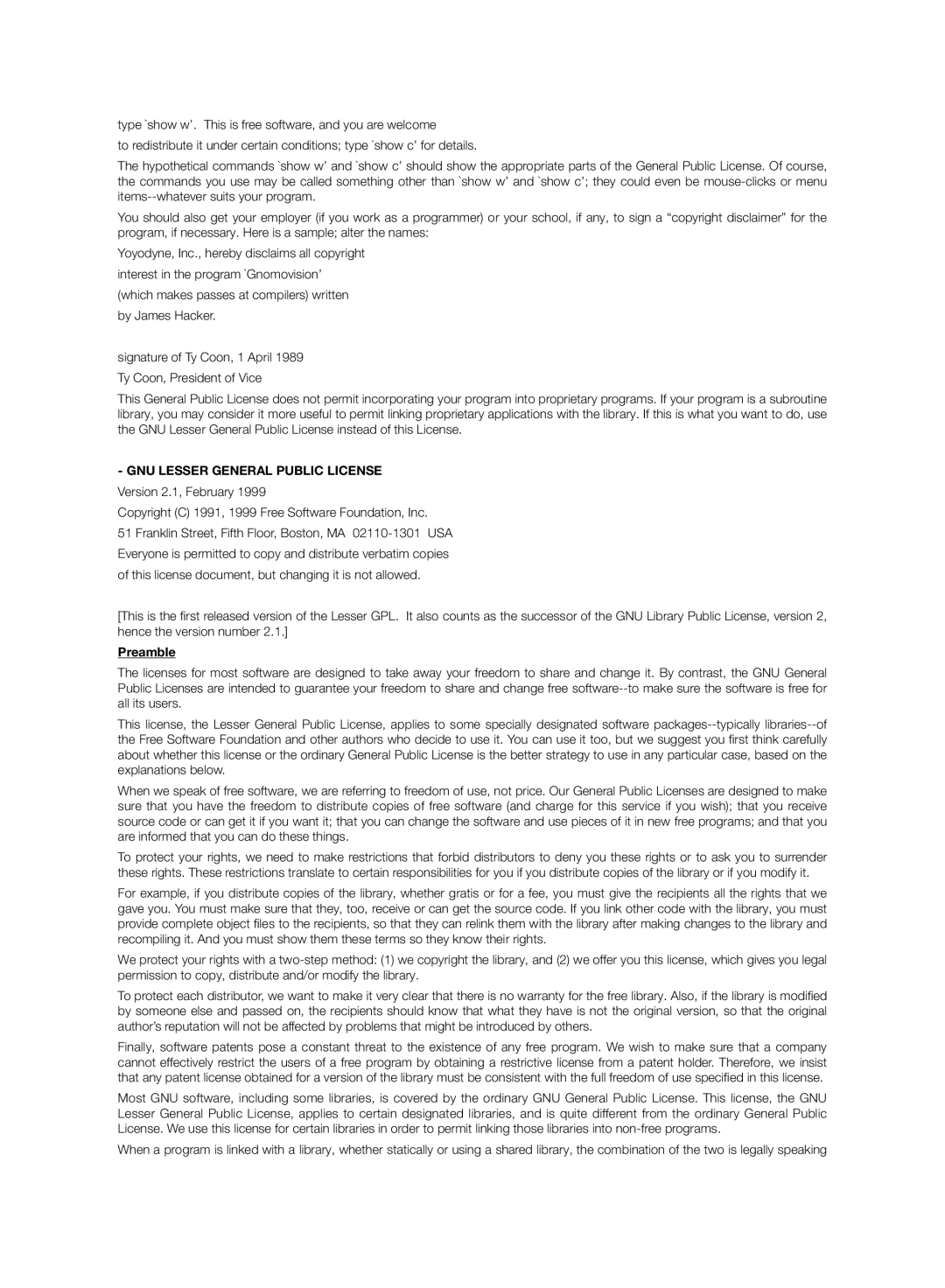VR10ATBATRD/SW, VR10BTBATBB/ML, VR10BTBATBB/SW, VR10ATBATRD/EO, VR10ATBATRG/ML specifications
The Samsung VR10BTBATBB/EG, VR10ATBATGY/EG, VR10BTBATUB/SW, VR10BTBATGY/SW, and VR10ATBATGY/SW are part of Samsung’s innovative range of robot vacuums designed to simplify home cleaning. With a focus on convenience and advanced technology, these models showcase features that cater to diverse cleaning needs in modern homes.One of the standout characteristics of these robot vacuums is their powerful suction capability combined with edge cleaning technology. This allows them to effectively pick up dirt, dust, and debris from both carpets and hard floors. The presence of a multi-layer filter ensures that allergens and fine particles are trapped, promoting a healthier living environment.
These models are equipped with Samsung’s intelligent mapping technology, which enables them to efficiently navigate your home. They create a map of the environment, allowing for systematic cleaning paths that cover every corner without getting stuck or missing areas. This feature is complemented by smart sensors that help avoid obstacles and drops, ensuring the robot can clean your space safely.
Another significant aspect of these vacuums is their user-friendly interface. They can be controlled through a smartphone app, allowing homeowners to schedule cleanings, set cleaning modes, and monitor the vacuum’s performance from anywhere. This connectivity aligns with the growing trend of smart home integration, making it easier to manage household chores.
In terms of design, the Samsung VR10 models boast a sleek and modern look that fits seamlessly into any home decor. They are lightweight and compact, which aids in their maneuverability around furniture and tight spaces. Furthermore, the vacuums feature a high-capacity battery that provides extended cleaning time, ensuring thorough cleaning sessions without frequent recharges.
These robot vacuums also include various cleaning modes tailored for different scenarios. From spot cleaning to scheduled cleanings, users can choose the setting that best suits their needs. The combination of these features positions Samsung’s robot vacuums as practical solutions for busy households looking to maintain cleanliness with minimal effort.
Overall, the Samsung VR10BTBATBB/EG, VR10ATBATGY/EG, VR10BTBATUB/SW, VR10BTBATGY/SW, and VR10ATBATGY/SW highlight Samsung’s commitment to integrating cutting-edge technology with everyday convenience, making these models a worthy investment for modern homeowners.
